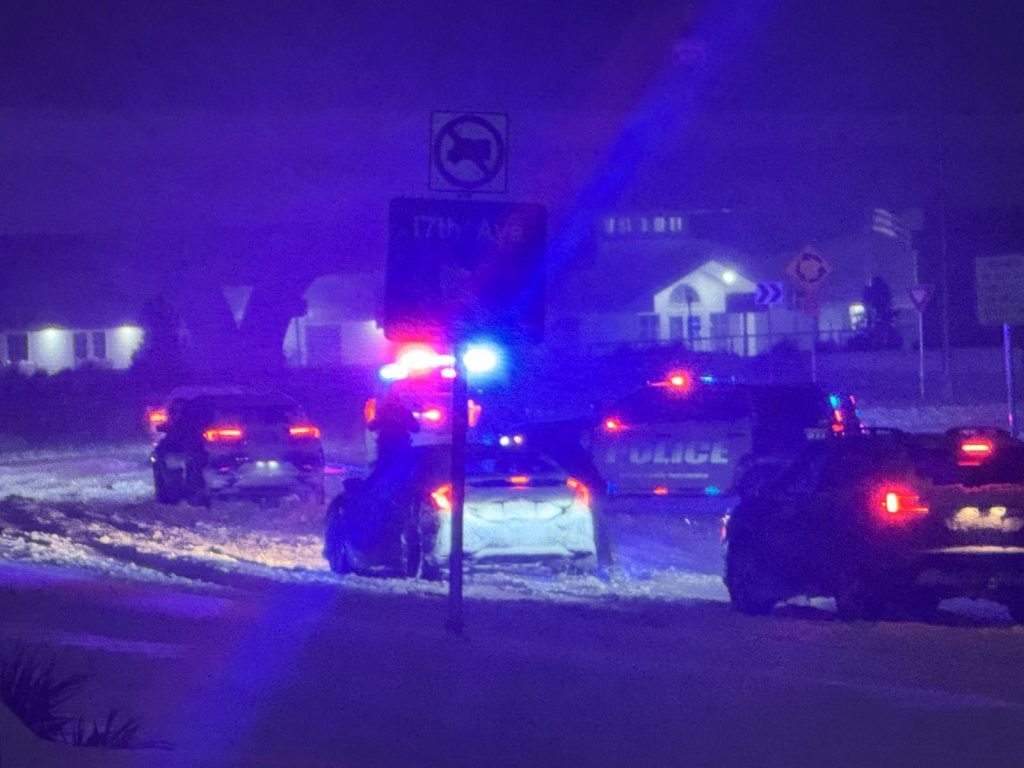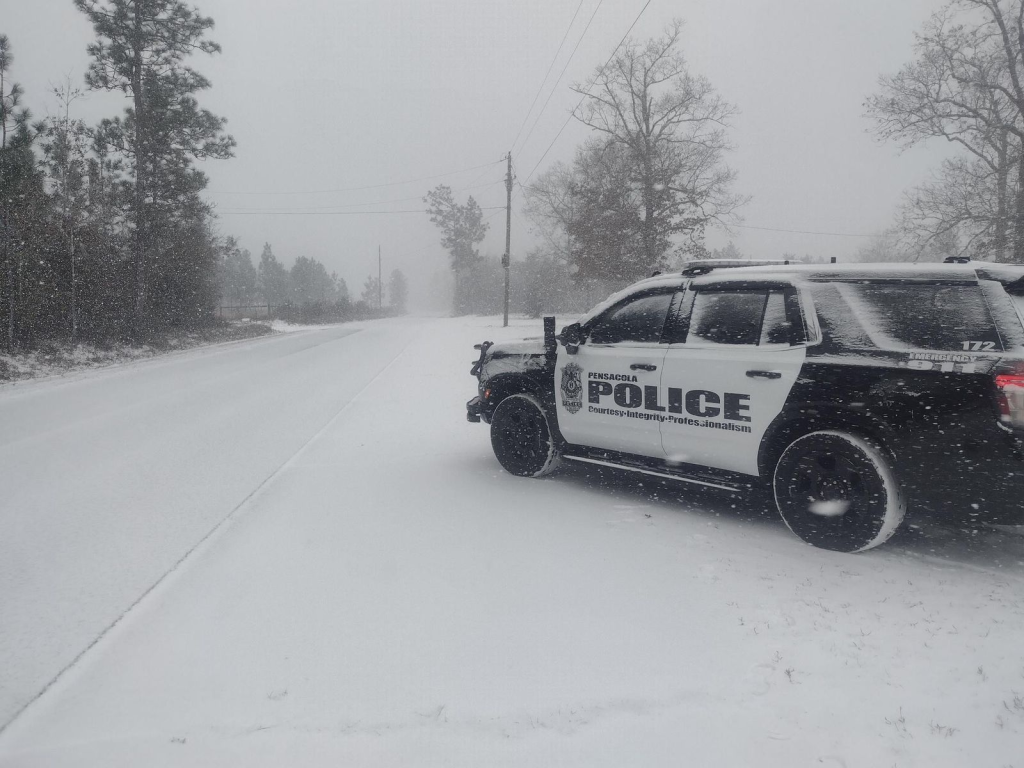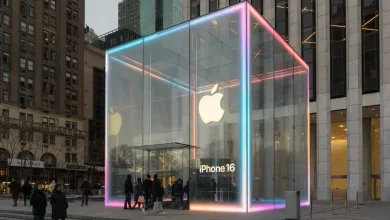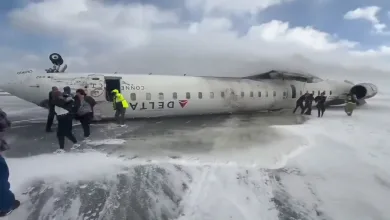A rare and historic snowstorm swept across the Gulf Coast, leaving Florida with record-breaking snowfall and surprising residents with winter weather not seen in over a century. The snowfall, which experts call a once-in-a-lifetime event, has drawn attention to cities like Pensacola and Jacksonville as Floridians experience what feels like a winter wonderland.

Record-Breaking Snow in Florida
Milton, located just north of Pensacola, recorded an astonishing 8.8 inches of snow, the most ever reported in Florida, according to the National Weather Service. Nearby Pensacola also experienced its highest snowfall ever, with 7.6 inches blanketing the city. This historic snow in Florida has raised questions like, “Is it snowing in Florida today?” and “When was the last time it snowed in Florida?”
Snowfall Across the Gulf Coast
The snowstorm didn’t just impact Florida. Other Gulf Coast states also reported significant snowfall:
- Houston, Texas: Officially recorded 1.2 inches at George Bush Intercontinental Airport, while some areas saw over 4 inches. This is one of the largest snowfalls the city has experienced.
- Louisiana: Baton Rouge saw 7.6 inches, New Orleans reported 8 inches, and Lafayette reached 9 inches of snow.
- Mobile, Alabama: Recorded an all-time high of 7.5 inches.
These snowfall amounts shattered long-standing records, with some cities seeing the most snow since 1963.
Snow Reaches the Carolinas and Georgia
The snowstorm continued to move across the southeastern United States, bringing significant snowfall to the Carolinas and Georgia. Coastal areas like North Myrtle Beach, South Carolina, reported 3.8 inches, while parts of Georgia and northern Florida received up to 5 inches of snow.

Florida’s Unusual Winter Weather
Snow in Florida 2025 has left many wondering, “Does it snow in Florida?” While rare, this winter storm proves it is possible. Residents from Jacksonville to Tallahassee experienced snow flurries, with many sharing their excitement on social media.
Schools and Roads Affected
The unexpected snow caused disruptions, with schools in St. Johns County and Duval County announcing closures. Many roads in Pensacola, Florida, and surrounding areas were also temporarily shut down as snowplows worked to clear the streets.
What’s Next for Florida Weather?
As the snowstorm winds down, rain is expected to continue in southern Florida, including Miami, with spot showers lingering into Thursday. However, the historic snowfall in Pensacola and across the state will be remembered as a unique moment in Florida’s weather history.
Key Takeaways:
- Florida snow in 2025 set records, with Pensacola and Milton experiencing the highest totals ever.
- Snow reached cities like Jacksonville, Tallahassee, and even coastal areas of the Carolinas and Georgia.
- The Gulf Coast experienced widespread snowfall, with records broken in Alabama, Louisiana, and Texas.
This unprecedented event leaves many asking, “Is it going to snow again in Florida?” While snow in Florida is rare, this storm reminds us that weather can always surprise us.





